Sensoji Temple

Visiting Tokyo's Famous Sensoji Temple
The Sensoji Temple is Tokyo’s oldest and most visited temple, drawing over 30 million visitors each year. Dedicated to Avalokiteśvara, also known as Kannon, the temple combines vibrant cultural traditions and historical significance. During my spring visit, the beauty of cherry blossoms made the temple especially stunning and picturesque. If you’re wondering, is Sensoji Temple worth visiting?—absolutely.
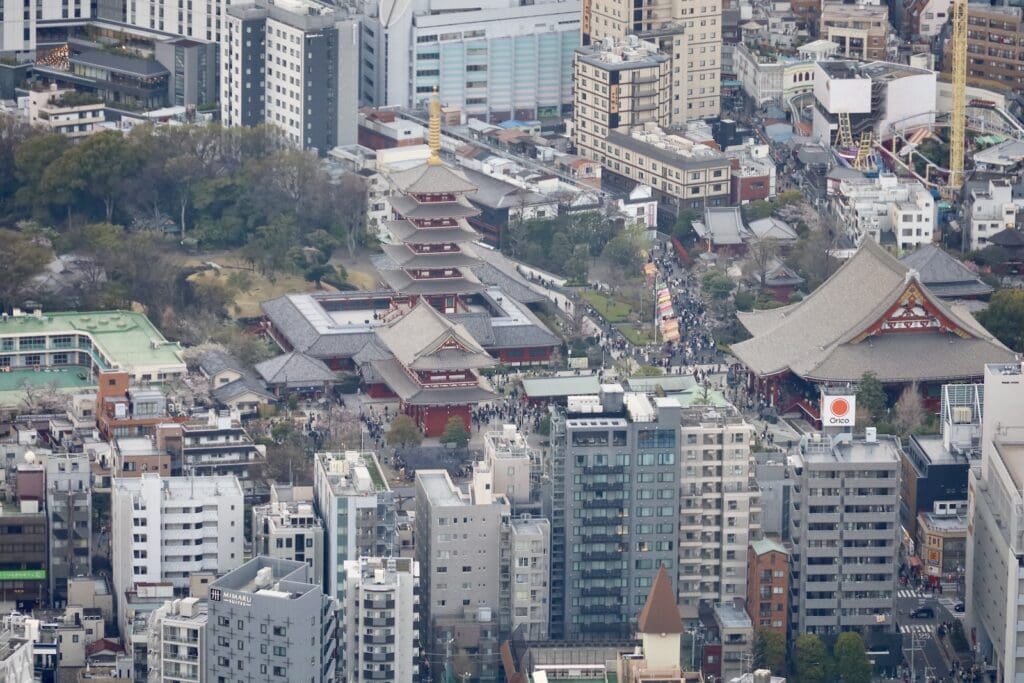
The Sensoji Temple - Table of Contents
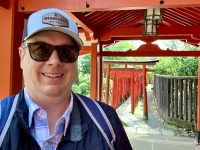
- Visiting the Sensoji Temple
- A Brief History of the Sensoji Temple
- How to Get to the Sensoji Temple
- My Experience Visiting the Temple at Night
- My Experience Visiting the Temple During the Day
- Worshipping at the Sensoji Temple
- Recommended Itinerary for Sensoji Temple Visitors
- Exploring Nearby Neighborhoods
- Sumida Park and River
- Sensoji Temple Tours and Packages
- Support Buzzin’ Around the World – Visit Our Affiliates
- Earning Points and Rewards
- Related Content
Disclaimer: Buzzin’ Around the World strives to provide accurate and up-to-date information based on our research at the time of publication. We respect all applicable laws and fair use principles. If you believe any information is incorrect or violates regulations, please contact us at buzzinaroundtheworld@gmail.com.
Affiliate Links and Reviews: We use affiliate links to generate income and may receive a commission at no additional cost to you when you use our links. We strive for honest and transparent reviews, even for products which we receive compensation.
Content Creation: Our content is based on our own travel experiences. All photos are our own unless otherwise stated. We sometimes utilize AI tools to assist with tasks like generating titles, summarizing content, and improving organization.
For more information: For more information, please click HERE to visit our private policy page. We can be reached at buzzinaroundtheworld@gmail.com.
A Brief History of Sensoji Temple
Legend states that in 628 AD, two fishermen discovered a statue of Avalokiteśvara in the nearby Sumida River. Initially worshipped in a modest shrine, the official Sensoji Temple was established in 645 AD. Unfortunately, it was destroyed during World War II but was faithfully rebuilt afterward, becoming an enduring symbol of Tokyo’s resilience. It remains one of the most popular Tokyo temples today.

How to Get to Sensoji Temple
The easiest way to reach the temple is via the Asakusa Line subway, exiting at Asakusa Station. The temple is just a short walk from the station, making it convenient and accessible for visitors. This stop also gives access to other Asakusa attractions, making it a great base for exploration.
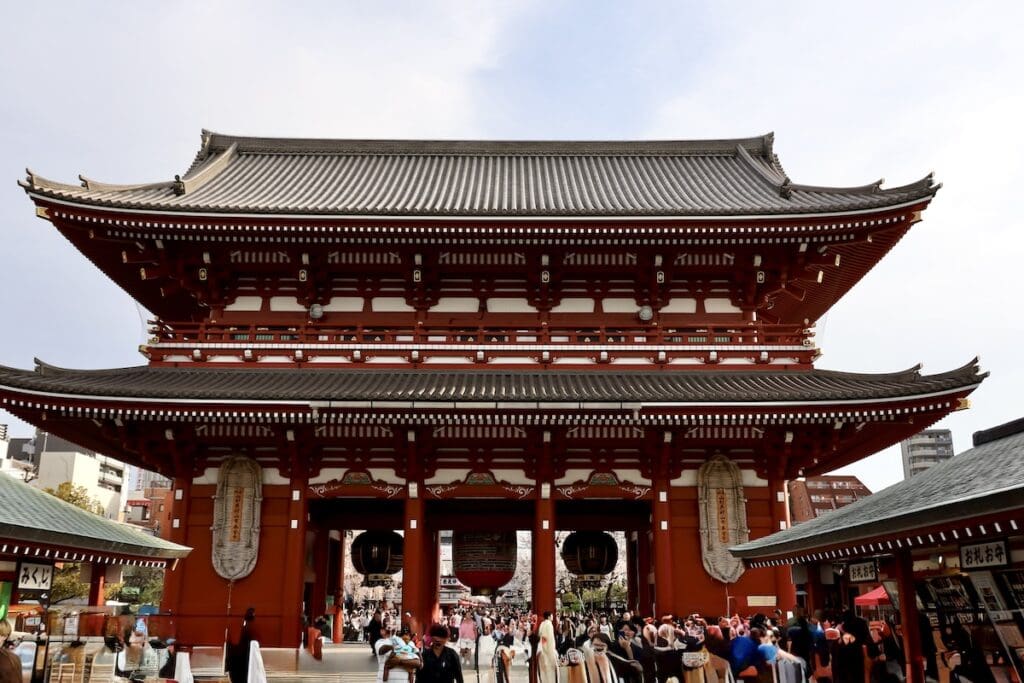
My Experience Visiting Sensoji Temple at Night
During my visit in the summer of 2018, exploring the temple at night was particularly enjoyable. With fewer crowds, I was able to take clear photographs and appreciate the serene atmosphere without daytime distractions. If you’re looking for Sensoji Temple photography tips, I recommend visiting during off-peak hours to avoid the crowds.


My Second Visit: Daytime Exploration
In spring 2025, I revisited Sensoji Temple during the daytime. Despite larger crowds, the lively atmosphere of open shops and blooming cherry blossoms made it a unique and enjoyable experience. Navigating through Nakamise Dori, a bustling shopping street, was especially memorable and one of the best things to do near Sensoji Temple.
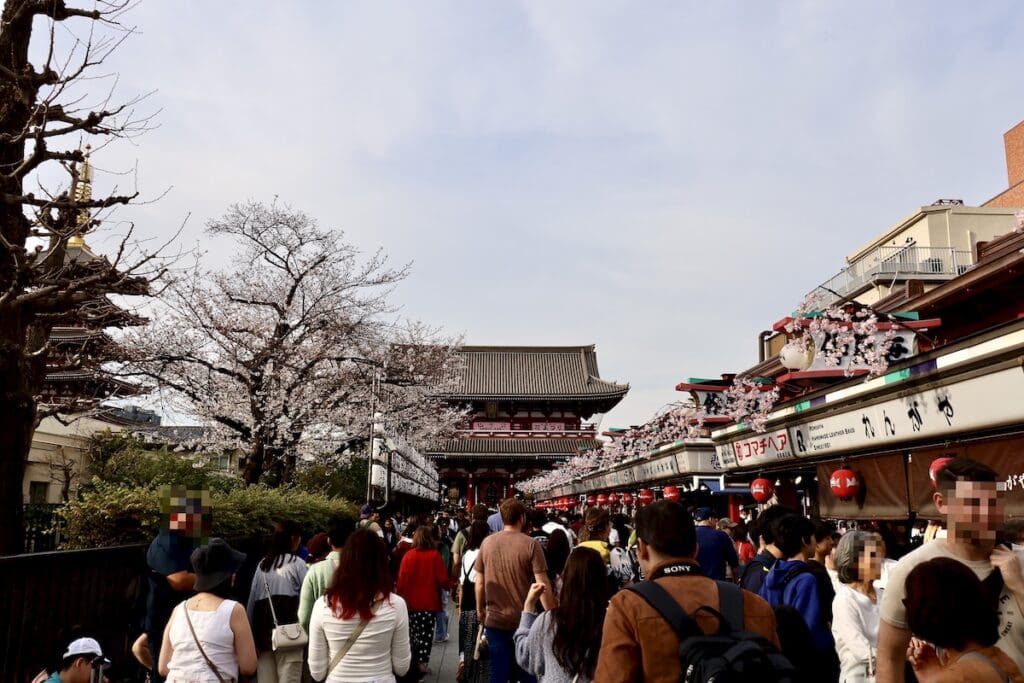
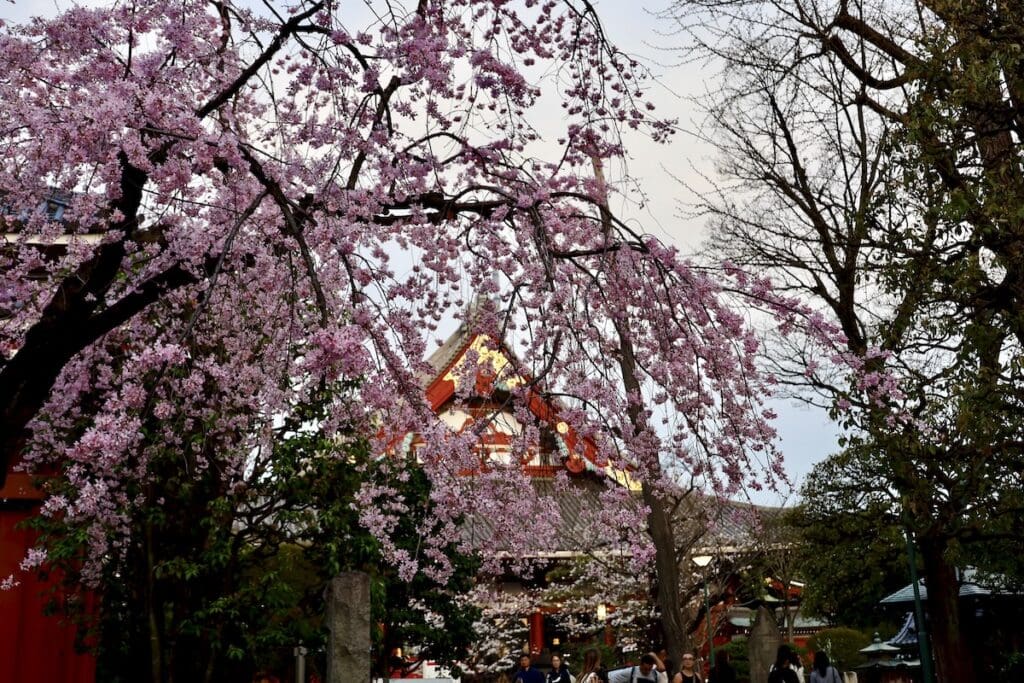
Worshipping at Sensoji Temple
Visitors can engage in traditional worship at Sensoji Temple through these rituals:
Drawing Omikuji fortunes: Keep positive fortunes and tie negative ones to a rack.
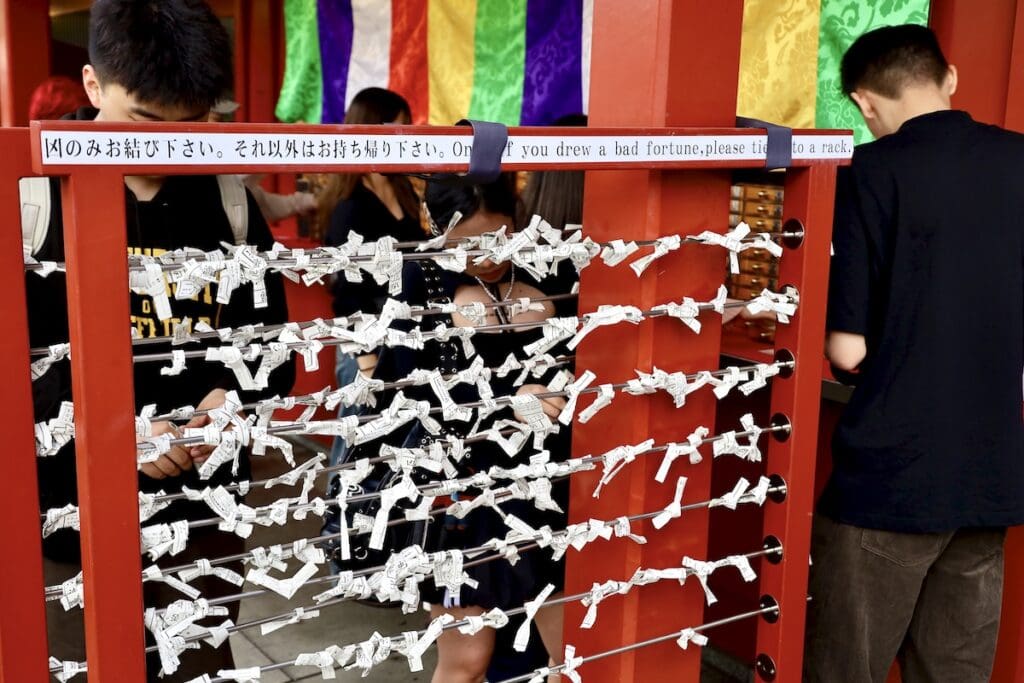
Lighting incense sticks: Let the smoke touch your body for healing.
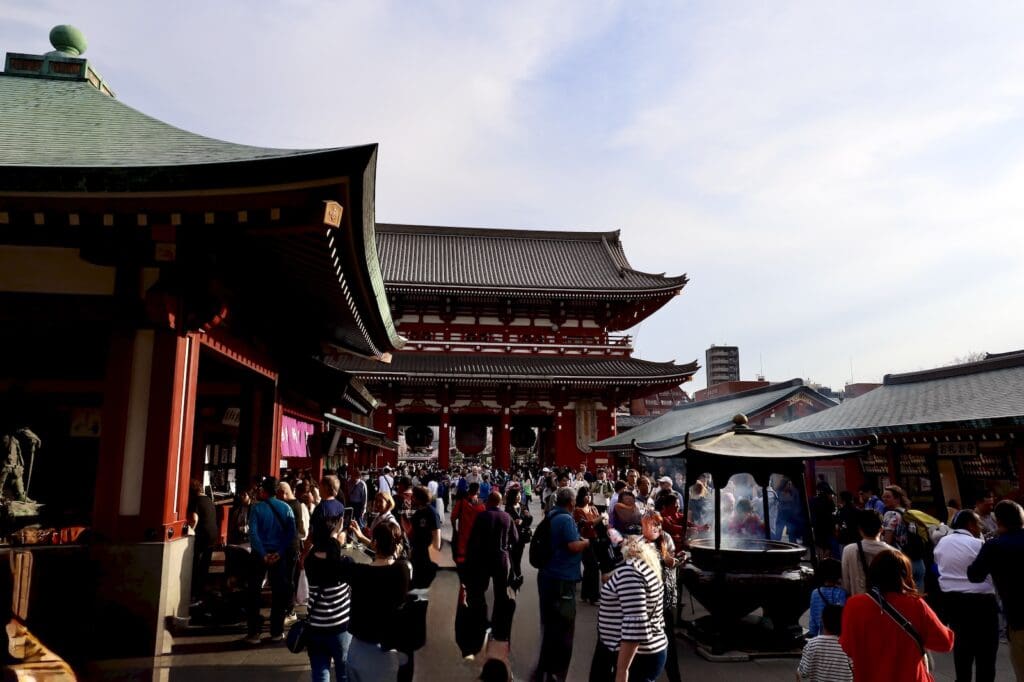
- Purifying your soul by washing your hands at the fountain near the incense area before entering.
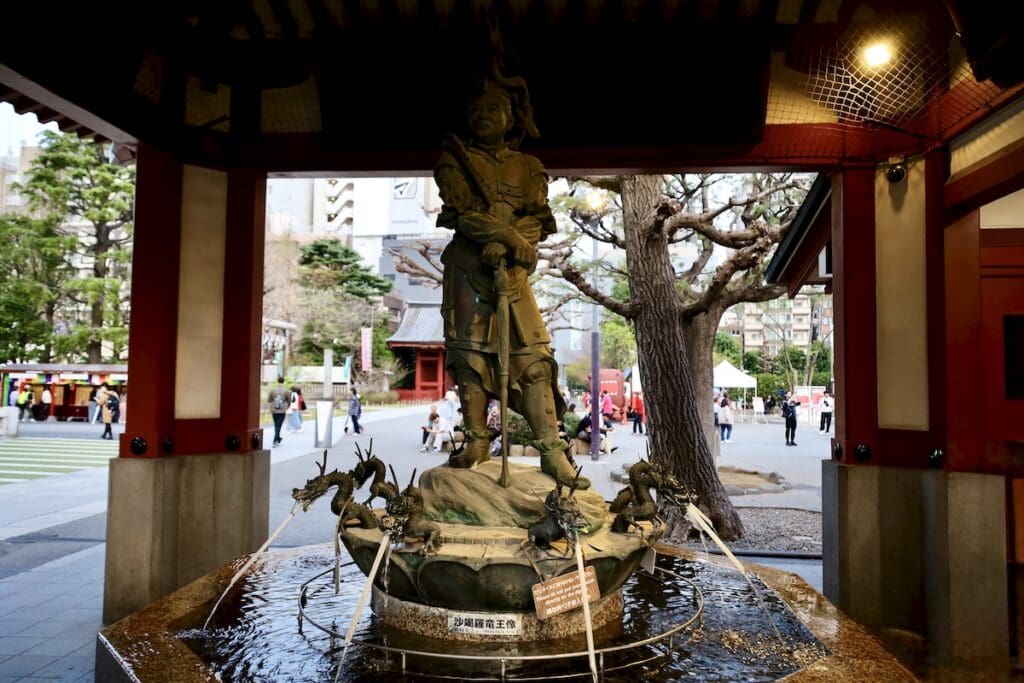
Tossing a coin into the saisenbako (offering box), then clapping twice, bowing twice, praying, clapping once more, and bowing again.
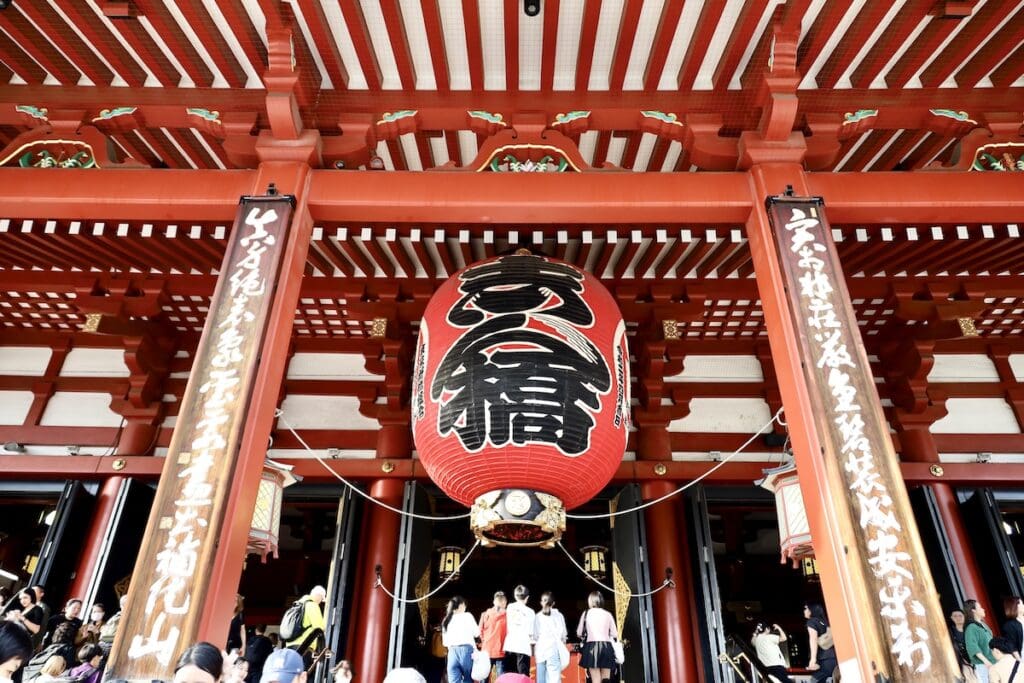
Whether you’re interested in culture, history, shopping, or simply soaking in the atmosphere, Sensoji Temple offers a well-rounded experience in the heart of Asakusa.
Recommended Itinerary for Sensoji Temple Visitors
Arrive at Asakusa Station via subway.
Visit the iconic Kaminarimon Gate.
Explore Nakamise Dori, browsing souvenir shopping options, traditional crafts, and snacks.
Reach the main temple grounds and admire the five-storied pagoda.
Walk the scenic temple grounds, especially during cherry blossom season. It’s the best time to visit Sensoji Temple if you enjoy flowers in full
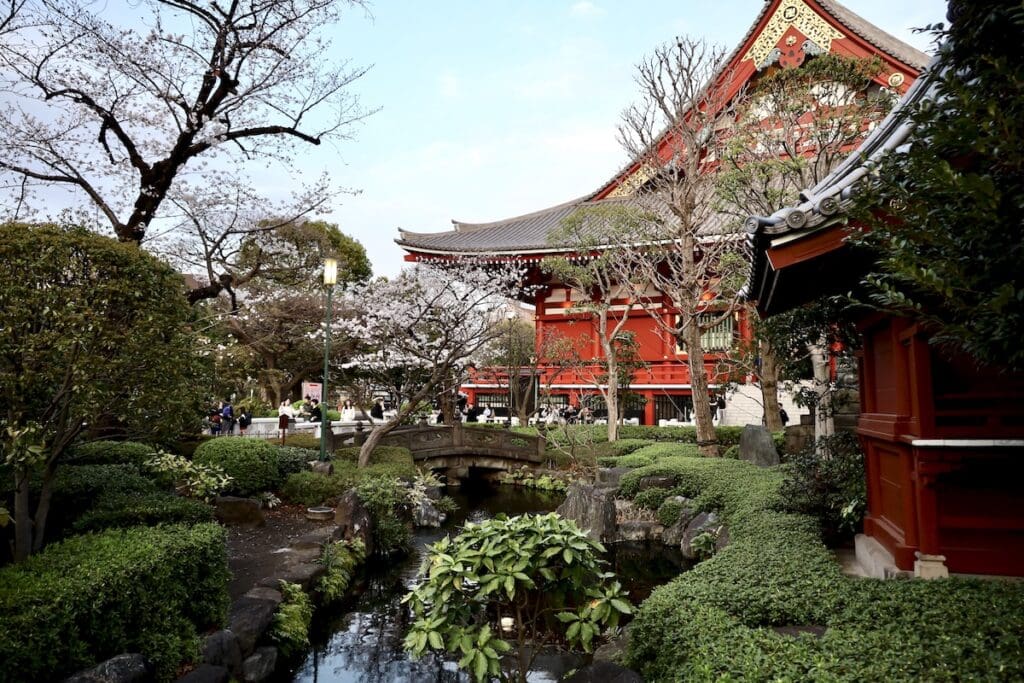
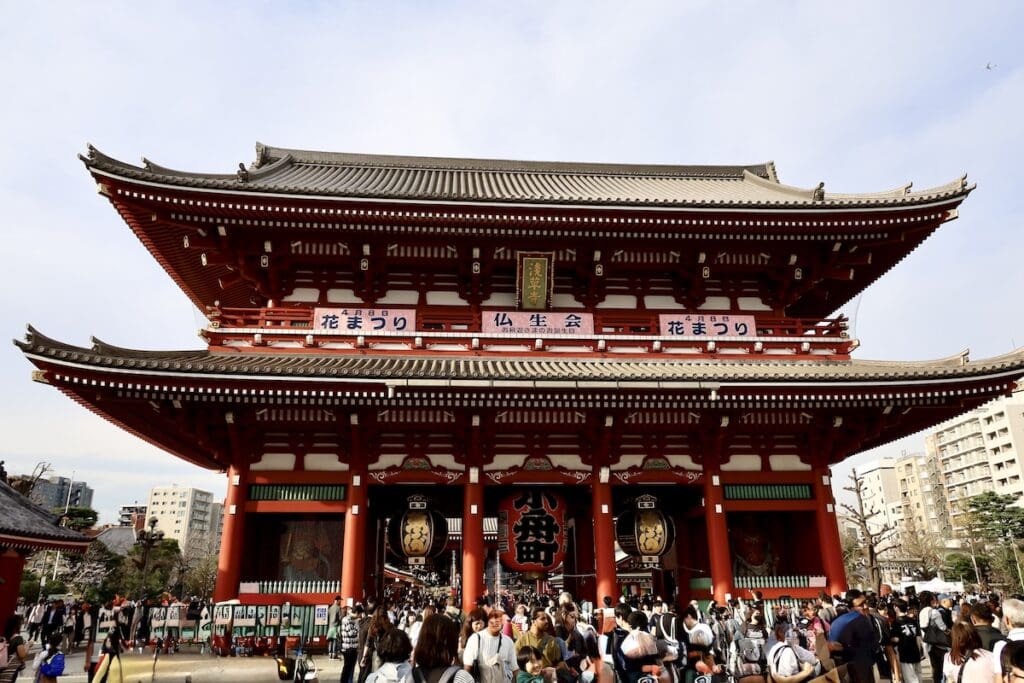
Exploring Nearby Neighborhoods
If you have additional time, venture into nearby neighborhoods to find delightful local restaurants and shops. These areas often provide cheaper prices and more authentic Tokyo cultural experiences compared to the busy Nakamise Dori.
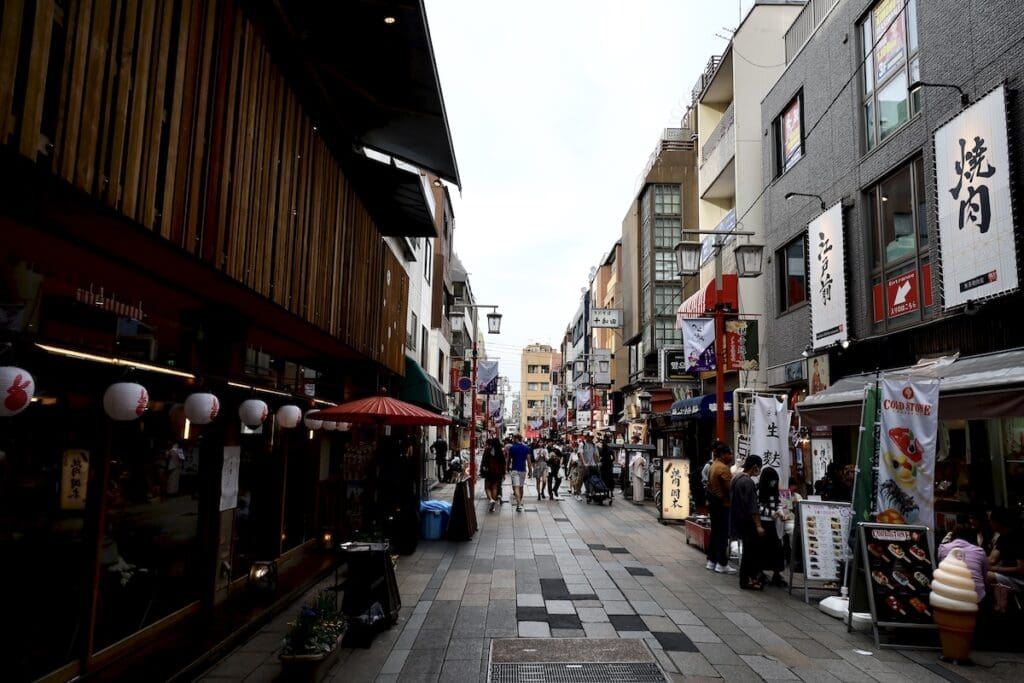
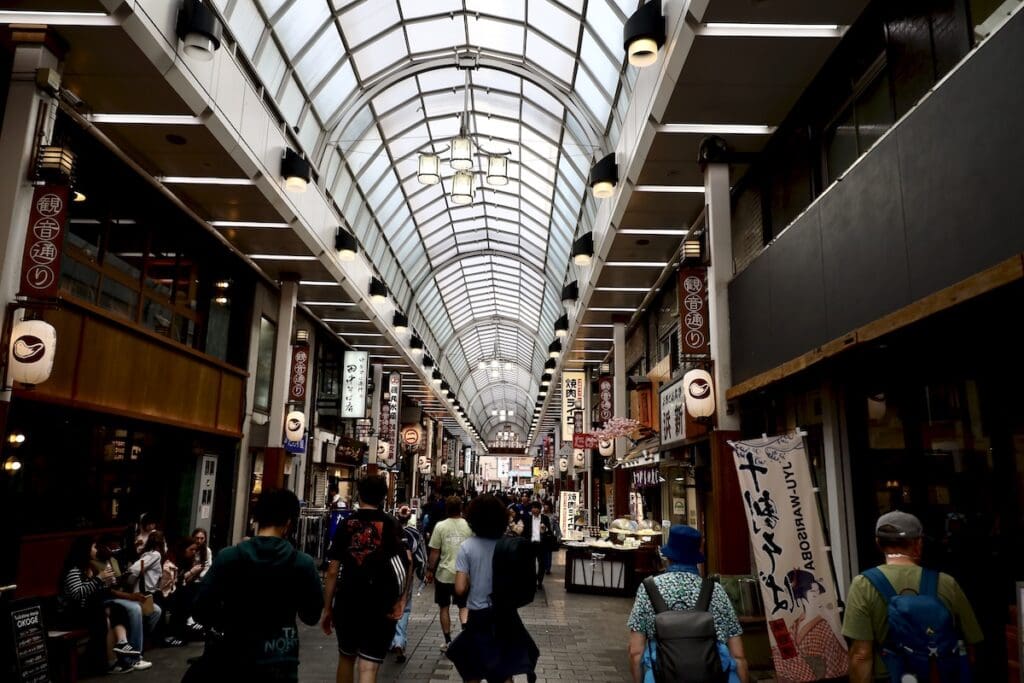
Sumida Park and River
Nearby Sumida Park offers excellent views, particularly during cherry blossom season. The park provides a perfect vantage point to see both the Sumida River and the Tokyo Skytree, creating memorable photo opportunities and a peaceful escape from the crowds.
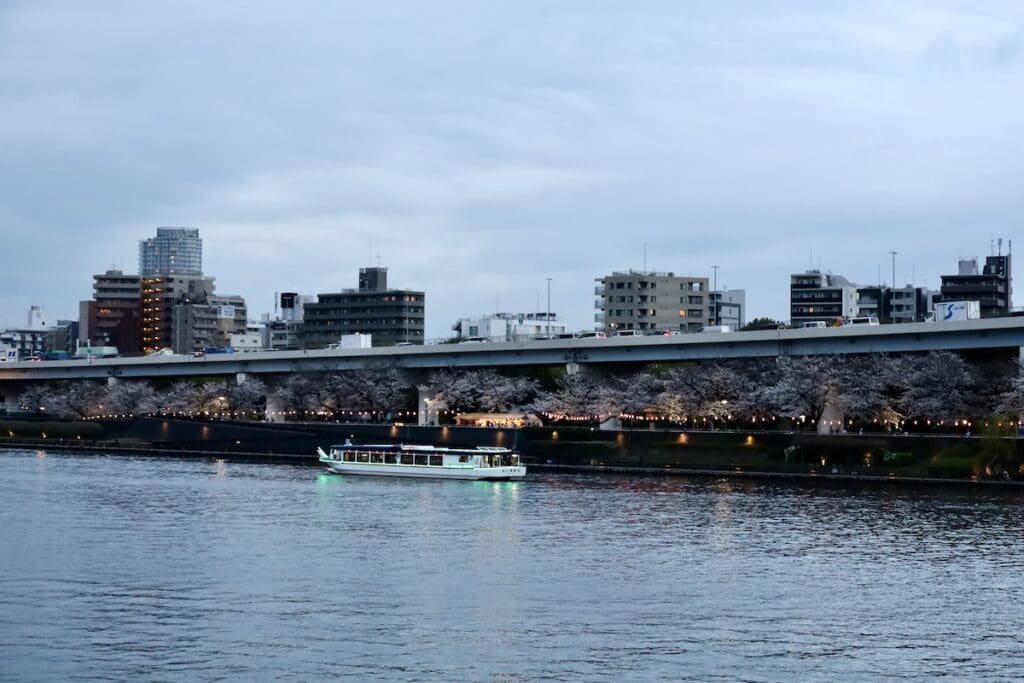
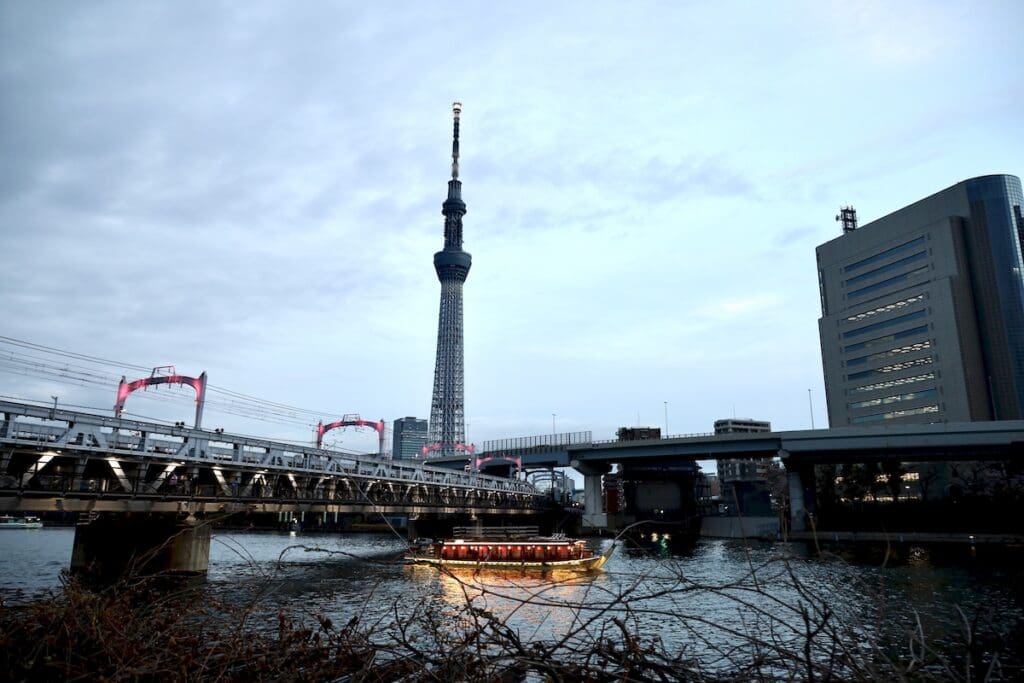
Sensoji Temple Tours and Packages
It is easy to see the Sensoji Temple without a tour. The temple is close to public transportation and the grounds are easy to explore by foot. If you do prefer a tour, I have linked a few tours below that caught my eye. Please note, that as an affiliate of Viator, I will receive a small commission if you purchase using one of my links. This commission is at no additional cost to you.
Affiliate Partner of the Month – Fourthwall
Fourthwall powers our brand-new Buzzin’ Around the World Merch Shop. Pick up a tee, hoodie, or sticker. All profits will help me continue to run this site and deliver great content!
Buzzin Around the World's Merch Shop
Want to Launch Your Own Merch Line?
Scroll to the bottom of our Fourthwall page and tap “Start Your Own Store.” That’s a referral link—if you sign up, Fourthwall rewards me with store credit I can use to buy more gear (at no extra cost to you). We only recommend tools we use and love.
Earn $200 in Travel Rewards with the Capital One VentureOne Rewards Card
The Capital One VentureOne Rewards Card is one of the few rewards cards that does not charge an annual fee. Cardholders can earn 1.25 points for every dollar spent while enjoying 0% APR for 15 months.
Currently, Capital One is offering a signup bonus of 20,000 points (worth $200 in travel rewards) when the cardholder spends $500 in the first three months. If you are interested in this card, I would appreciate it if you would sign up with the link below, as I earn a referral bonus of 10,000 points. Those points are worth $100 in travel rewards and will help me continue to bring great content to Buzzin’ Around the World.
Once again, the Capital One VentureOne card is one of the few reward cards without an annual fee and is the perfect card for someone who is just starting to get into the travel points game.
Related Content
Share this:
- Click to share on X (Opens in new window) X
- Click to share on Facebook (Opens in new window) Facebook
- Click to share on LinkedIn (Opens in new window) LinkedIn
- Click to share on Pinterest (Opens in new window) Pinterest
- Click to share on Tumblr (Opens in new window) Tumblr
- Click to share on WhatsApp (Opens in new window) WhatsApp
- Click to share on Reddit (Opens in new window) Reddit
- Click to print (Opens in new window) Print






